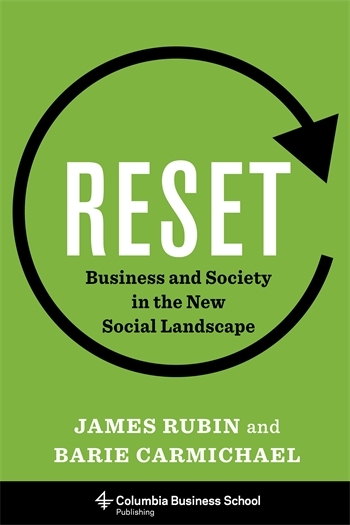H. H. Shugart on Comprehending the Earth
“Are we creating the intellectual environment for creative, synthetic, and revolutionary researchers that can push us across the old boundaries into new paradigms? … Sadly, the politicization and the businessification of science may be taking the intellectual and creative environment in the opposite direction.”—H. H. Shugart
Fittingly enough, we conclude our week-long focus on H. H. Shugart’s Foundations of the Earth: Global Ecological Change and the Book of Job with an excerpt from the book’s conclusion “Comprehending the Earth”:
We live in a time of great need to understand our planet. We have the challenge of comprehending Earth as we simultaneously change the Earth. Are we creating the intellectual environment for creative, synthetic, and revolutionary researchers that can push us across the old boundaries into new paradigms? It is a not a question of letting scientists do what scientists do. It is a question for us all. Sadly, the politicization and the businessification of science may be taking the intellectual and creative environment in the opposite direction.
The tools at our disposal for the challenges in Earth-system science would be the envy of the environmental researchers who have come before us. We have satellite systems capable of remarkable measurements, along with a repository of innovative new systems on the shelf. Products of several of these are shown as illustrations in this text. However, the satellite constellation of the U.S. space agency, NASA, is falling into a state of disrepair. Some of this lost capability is being replaced by the orbiting instruments developed by other nations or by international and even commercial consortia. But overall, there is a loss of capability at this critical time. The conversion from satellite data provided free to researchers of any nation by NASA to a more nationally oriented, pay-as-you-go system may have a negative effect on creative, small-budget exploratory research.
Other capabilities include sophisticated chemical-analytical methods that can trace differences in the stable isotopes of elements and even isolate individual chemical compounds in microscopic samples for isotope analysis. These and the sophisticated analyses of DNA and other biochemical compounds using modern molecular biology provide new data to challenge old theories and produce new ones. These methodologies seem to have penetrated the public consciousness through their sometimes magical use in the fully instrumented forensic laboratories of TV police shows. Results of these chemical and physical instruments have also shown up in several of the chapters here, ranging from applications involving the details of the creation of the solar system to documenting fermented mare’s milk in pottery of the Botai culture in southern Ukraine and Kazakhstan six thousand years ago.
The Earth is a place that life has made much different from what it otherwise might be. In the past, different organisms have changed the planet. Archeons altered the Earth’s ocean and atmospheric chemistry. Photosynthetic species manufactured an oxygen-rich atmosphere far from its natural chemical equilibrium. These same photosynthetic species may have pulled enough carbon dioxide out of the atmosphere to reduce the greenhouse effect and produce a frozen “snowball” Earth. The effects of modern technological human culture, even with its population expected to reach nine billion by the year 2050, pales in comparison to these agents for change on Earth.
Given available resources, the human per capita use of energy and materials also has edged up over time. Because of the increased population and increased use of the resources of Earth, we have begun to modify the internal feedbacks of the planet. Not as much as the changes from the archeons or from the photosynthesizers, as the collision of asteroids, or as the eruptions of an unusually active volcanic era, but we are changing the Earth nonetheless. To think otherwise is to ignore a considerable body of fairly easily understood information.
That the Earth previously has changed radically in the past is cold comfort. Life on Earth in some form has held on through billions of years. The question really is whether our species or our complex society will continue to find a comfortable home on Earth, our home for which we clearly have no other habitable alternative. Comprehending Earth was the subject of the whirlwind speech and its questions. In considering these questions, this book has attempted to provide some insight on the functioning of this interactive planetary system; this tiny blue and white marble in the vastness of space; this, our galactic home. We truly need to comprehend the Earth—its physical systems, its biota, its internal feedbacks, and our place in this marvel. The lives of the generations to come depend upon it.







